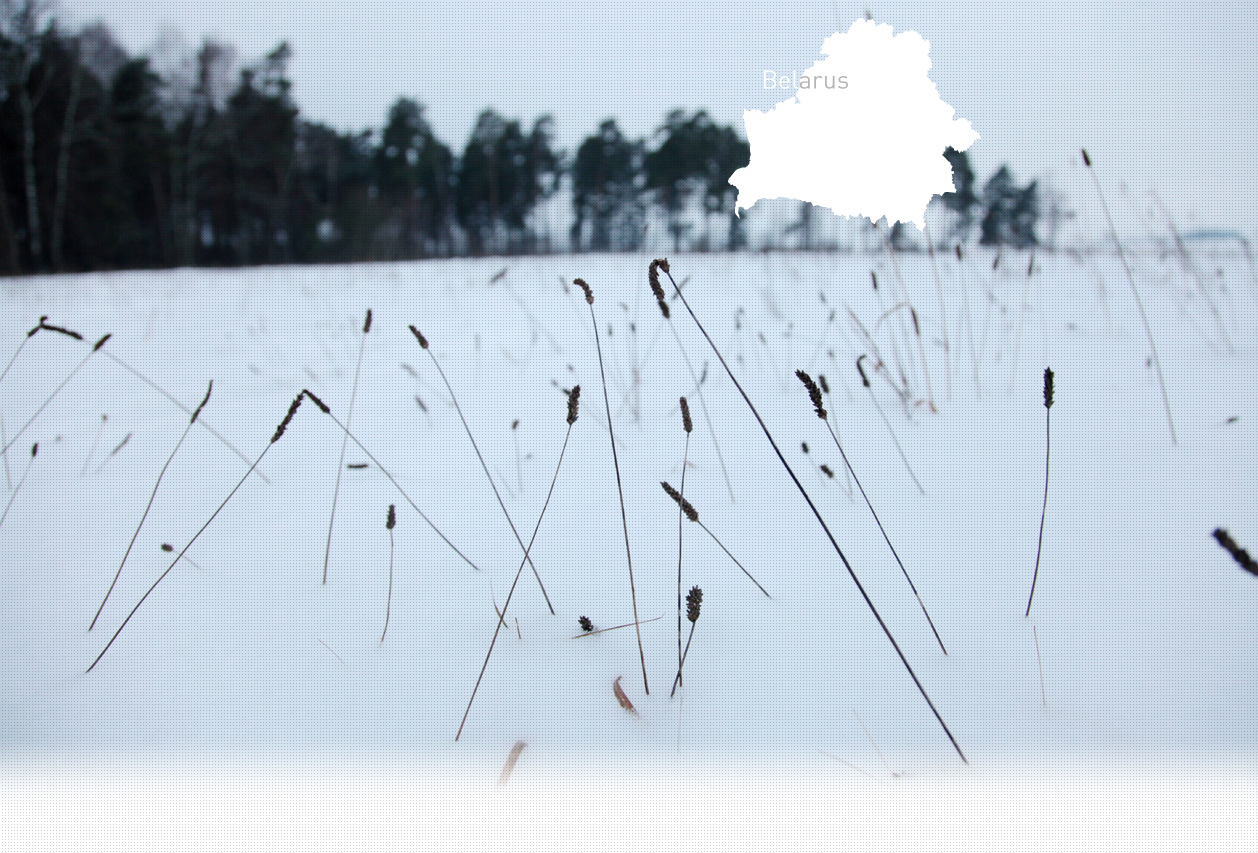

1 Killing site(s)
Boris K., born in 1932: “When the Germans arrived in Zhabibka and took over, we were driven from our home. They took our house and some premises located nearby in order to set up a Kommandatura. The Germans who were stationed in the Kommandatura were there to guard the railway station. So we had to go live in the forest in the hole dug inside the ground, we call them zemlianki. For three years, until the liberation, we lived in zemlianka.” (Witness n°985B, interviewed in Zhabinka, on September 15, 2018)
"On September 27, 1942, in Zhabinka, German scoundrels gathered several hundred people at the gendarmerie station under the pretext of registration. From there, they took them to be executed in a pit dug beforehand located in Zhabinka, 300m south of the wheat depots [Zagotzerno]. Before shooting them, the fascist murderers tore off their clothes and shoes. According to the testimonies of Boris D., a resident of Zhabinka, and Leontii Ya., a resident of Balievshchizna: Terrible cries of women and children were heard. The executioners brought three or four people to the pit, shot them with pistols and machine guns, and then brought the next victims. This went on for three hours. [...] 380 people were shot that day." [Act drawn up by Soviet State Extraordinary Commission on January 31, 1945; GARF 7021-83-15, p.9-10]
Zhabinka is a town located 20 km (12mi) northeast of Brest. Part of the Grand Dutchy of Lithuania, Zhabinka was taken over by the Russian Empire in 1795. During the interwar period Zhabinka was under Polish rule, but in September 1939 was occupied by the Soviet Union, along with the entire Brest region. In 1882, a railway station was built in the town on the railway line that connected Warsaw, Brest and Moscow. Many Jews moved to the town following the development of the railway station, as the majority of them lived off trade. Other Jews were artisans, including tailors, shoemakers, or watchers. In 1921, 445 Jews lived in Zhabinka making up 73% of the total population.
Zhabinka was occupied by German forces on June 23, 1941. In the summer, several anti-Jewish measures were implemented. All the Jews were marked with yellow distinguishing badges on their clothes, were forbidden from leaving the town limits and were subjected to forced labor. A ghetto was established in late summer-early autumn 1941. It was fenced in with barbed wire, according to a local witness interviewed by Yahad. The ghetto was liquidated on September 27, 1942, when about 360 Jews were rounded up in the ghetto and taken in the direction of the crop warehouse, located next to the forest where a pit had been dug in advance. They were shot in the pit. Following the liquidation of the ghetto, a Jewish labor camp containing about 100 Jews was set up in Zhabinka. It was liquidated on October 21, 1942, when German police from the 10th Company of Police Regiment 15 shot all the Jews.
Do you have additional information regarding a village that you would like to share with Yahad ?
Please contact us at contact@yahadinunum.org
or by calling Yahad – In Unum at +33 (0) 1 53 20 13 17